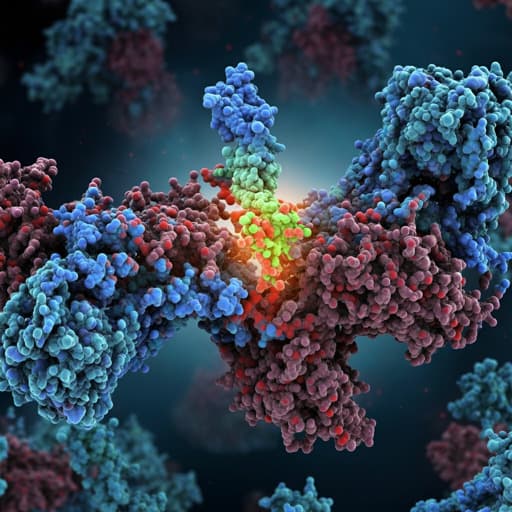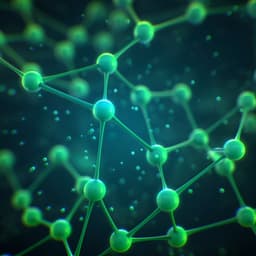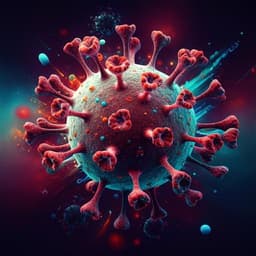
Medicine and Health
Repurposing of known drugs for COVID-19 using molecular docking and simulation analysis
P. Bhanu, A. S. Setlur, et al.
This research delves into repurposing 51 existing drugs for COVID-19 treatment, uncovering potential drug candidates with strong binding affinities for key proteins involved in SARS-CoV-2 infection. The study reveals exciting prospects for further clinical investigation by an expert team including Piyush Bhanu and Anagha S Setlur.
~3 min • Beginner • English
Related Publications
Explore these studies to deepen your understanding of the subject.







